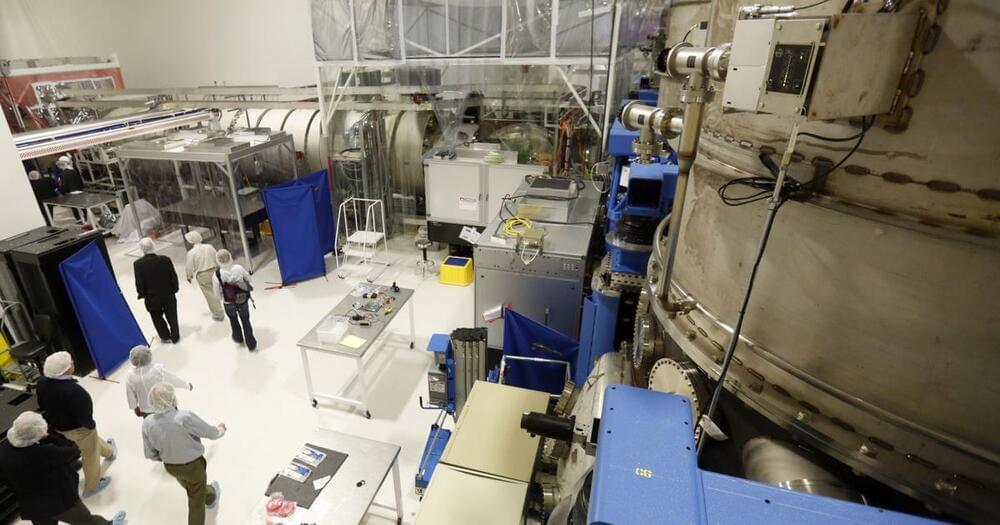This post is also available in:  עברית (Hebrew)
עברית (Hebrew)
A research team from UNIST has made a discovery that might revolutionize cancer treatment as we know it-new cell-engaging nano-drones that were designed to target and eliminate cancer cells selectively.
These tiny bots are called NK cell-engaging nano-drones (NKeNDs), and their success lies in their ability to engage natural killer (NK) cells, the body’s frontline defenders against cancer. Using NK cells in cancer treatment is not new, but what sets these nanodrones apart is their precision. They are engineered to zero in on cancer cells almost like guided missiles.









